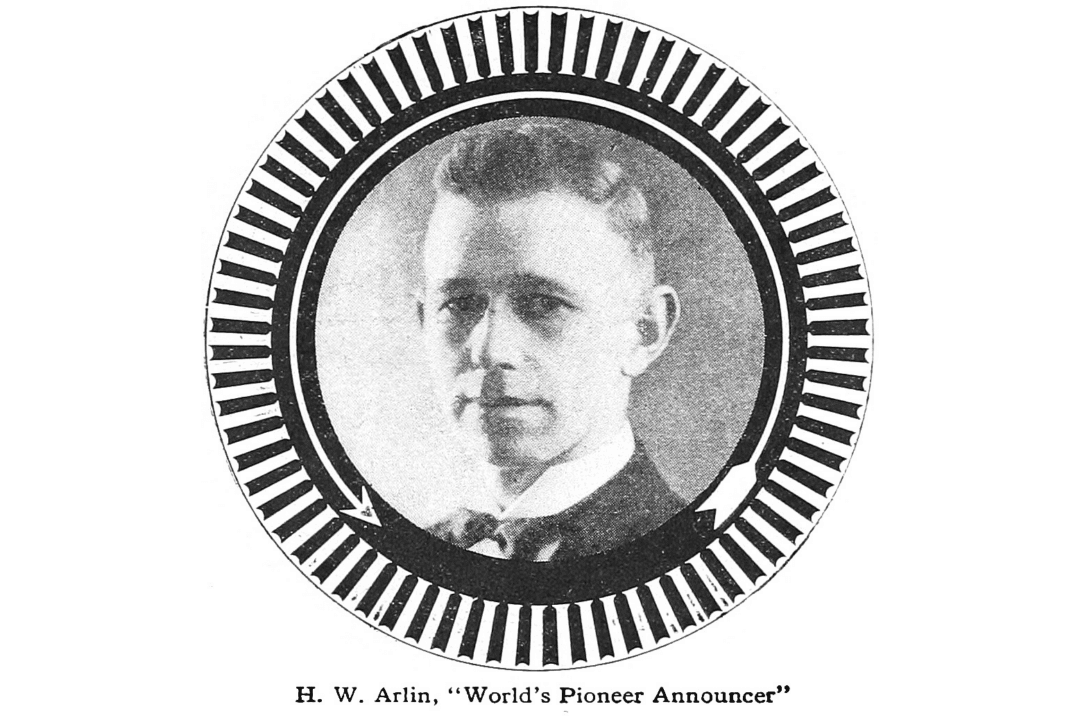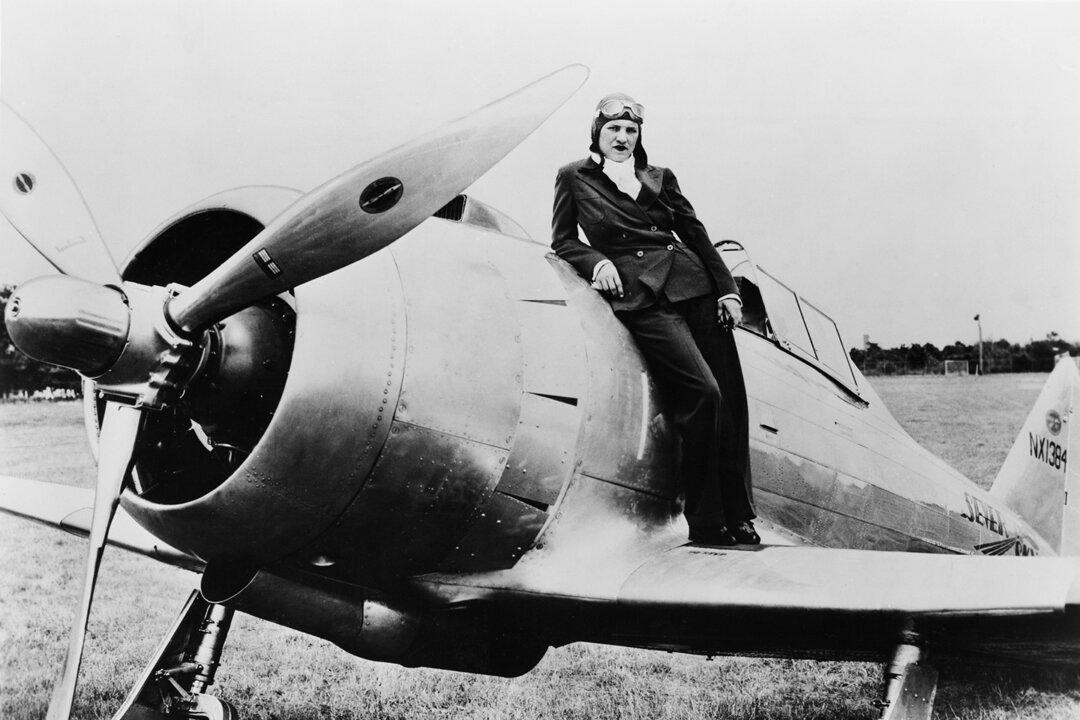In spite of the Continental Army’s victory in New York at Saratoga in October of 1777, several losses around the same time in Pennsylvania resulted in the British capturing the capital city of Philadelphia. This forced the Second Continental Congress to flee to York. The rather demoralized Continental Army spent the winter at Valley Forge.
Miserably cold, hungry, and suffering from disease, the troops, led by George Washington, who had been defeated numerous times during the Philadelphia campaign, did their best to survive the winter. Rather than lick their wounds until spring, however, the Continental Army was whipped into shape through the militaristic demands of Prussian nobleman, Baron Friedrich von Steuben.






